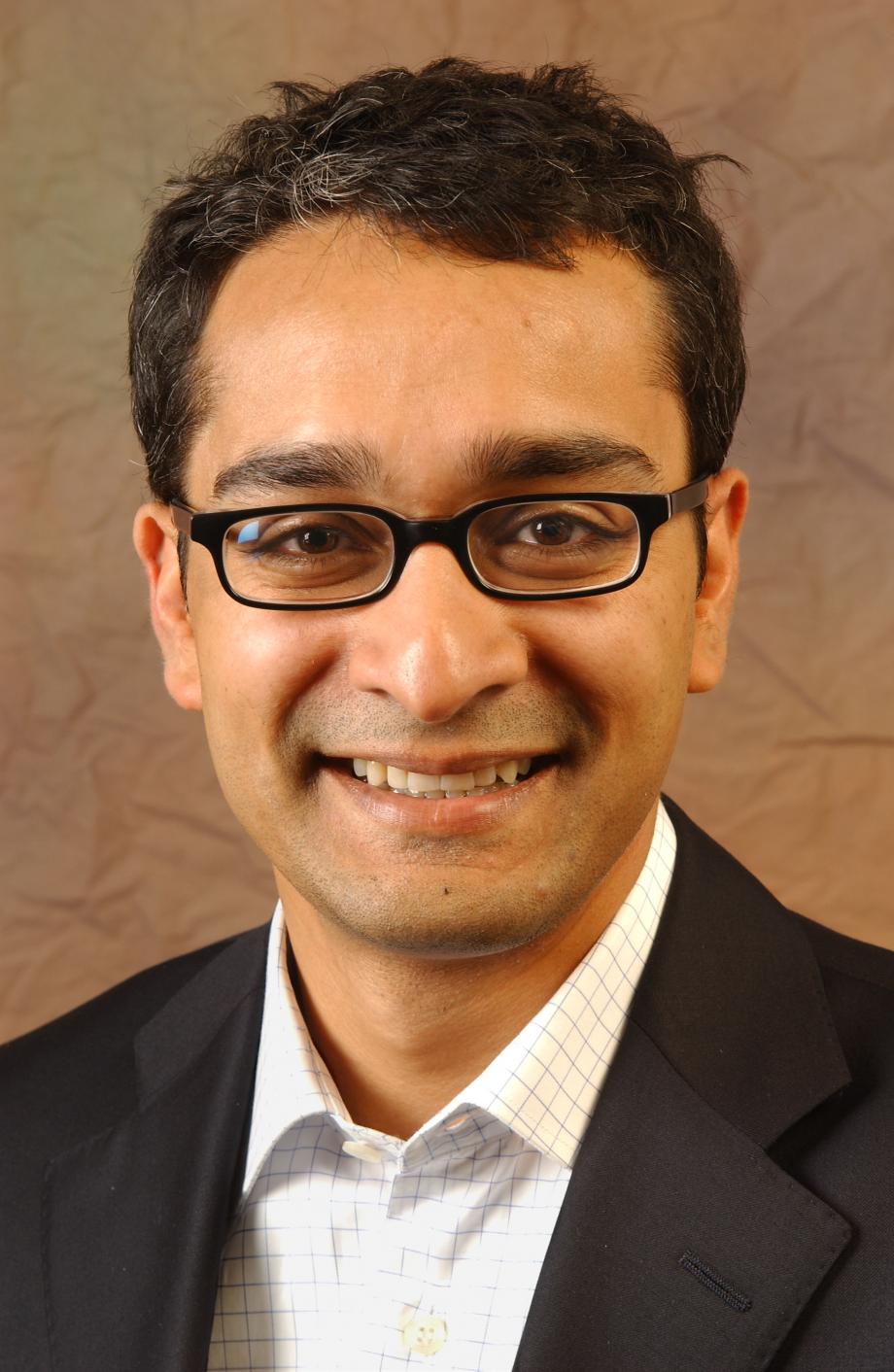Prof. Anup Malani and IME Prof. Supratik Guha to Pioneer a Water-Quality Sensing Network on India’s Second Longest River

Sixty million people live within the Godavari River basin that drains into the Bay of Bengal on India’s east coast. The river’s water quality affects everyone, and the region stands to benefit from this first-of-its-kind sensor network installation and change management initiative. The Bill and Melinda Gates Foundation has recognized the value of the research through a grant to support the Administrative Staff College of India’s (ASCI) program to provide city-wide sanitation improvements for urban populations in Andhra Pradesh. ASCI and University of Chicago experts—including International Innovation Corps Faculty Director Anup Malani, the Lee and Brena Freeman Professor of Law, and Institute for Molecular Engineering Professor Supratik Guha—will collaborate to deliver innovative systems to assess water quality, gauge its impact on the local environment, and create more informed practices.
The project is a tale of UChicago collaboration. Guha, a researcher in sensing technologies and cyber-physical sensing networks, partnered with Malani—who helped found the IIC, a global fellowship program that is housed at the Harris School of Public Policy—to address a real-world problem through very different fields of inquiry and knowledge. Together they are building connections that will elevate the research initiative beyond science. They are investigating new systems for assessing, mapping, and positively impacting the water conditions at towns along India’s second longest river system.
By combining readily available, remote, in-the-water sensing technologies, with cloud-based data collection and real-time mapping systems, the research and implementation teams intend to demonstrate the importance and value of detecting and anticipating pollutants that enter the river in the form of human waste, organic materials, and chemical contaminants. The uniqueness of this approach lies in its use of a boat-based mobile sensing platform that carries out streaming measurements, enabling water quality maps (graphical color representations of the data known as heat maps) to be obtained in desired sections of the river. Instantly measuring multiple quantifiable parameters and using data analytics techniques, the investigators expect to identify trends in pollution levels that are not easily (or cheaply) measurable on-site, such as microbial content. The multiple parameter heat mapping should also enable them to pinpoint sources of pollution entering the river.
Guha described the IME’s role in terms of innovative engineering and systems building: “We will use two-to-five commercial mobile sensor platforms installed on boats moving through various points in the river to map water quality with high resolution and over time. The platform will be configured with an array of sensors, a power source, an onboard processor, a GPS and a cellular link for data communications. With these sensing installations, the IME will survey a section of the Godavari River and develop a Cloud-based data curation platform with the ability to push data about river conditions to mobile phones using visualization applications, making the data about pollutants publicly available and more accessible.” Highlighting the novelty of this research, Guha continued: “Very little work has been done to date in this area, where large systems of sensors are combined with Big Data and physics models to create cyber-physical sensing systems for large water bodies. The work will be one of the first serious pilot programs to demonstrate the scalability, viability, and utility of this approach. The innovation will be in integrating this as an entire system.”
Malani explained the IIC’s contribution: “We work to identify and implement scalable, sustainable, high-impact interventions that make great leaps in solving pressing development challenges. This water sensing project is a good example—leveraging top global talent here at UChicago and in India, and implementing the research through intensively trained IIC Fellows operating on the ground with the public sector in Andhra Pradesh. So this work is very much about connections—in technology and people.”
Five IIC fellows working in the state of Andhra Pradesh are engaging with ASCI to channel the water sensing results through cultivated government and civic relationships to bring new and actionable insights to the attention of local and regional authorities, agrarians, health professionals, and social agencies. The collected, curated, and visualized data should help assess benchmark levels of contamination and inform regulatory measures aimed at mitigating the pollution. Understandings from the data will also be used by IIC Fellows to make evidence-based optimizations to the sanitation program and ensure citizens of Andhra Pradesh receive the maximum health and environmental benefits from interventions. IIC Fellow Priyank Hirani and Dr. Srinivas Rao Balivada, a water quality expert who has recently joined the project, are driving the local implementation of the water sensing research in Andhra Pradesh. This involves coordinating the technical aspects of the project for Guha while simultaneously advancing Malani’s vision of intervention—forming relationships and preparing the civic groundwork for meaningful change in local mindsets, water quality regulations, and infrastructure. Hirani enthusiastically views the challenge: “This river monitoring project puts in motion a set of steps that can have a real impact on the condition of populations residing in the Godavari River basin.”
In India, Guha has enlisted additional help on the Godavari water sensing project, working with IBM Research where he was Director of Physical Sciences before joining the IME and Argonne National Laboratory. “IBM is a pioneer in the area of technologies related to the internet-of-things (IoT) and we are collaborating with a strong research group at IBM Bangalore who have been working in the area of analytics for water,” Guha said.
Toward the end of the project, the IME will also help evaluate the environmental impact of ASCI’s interventions and develop a prototype for more accessible water sensing technology. The project is scheduled to run through August 2018.